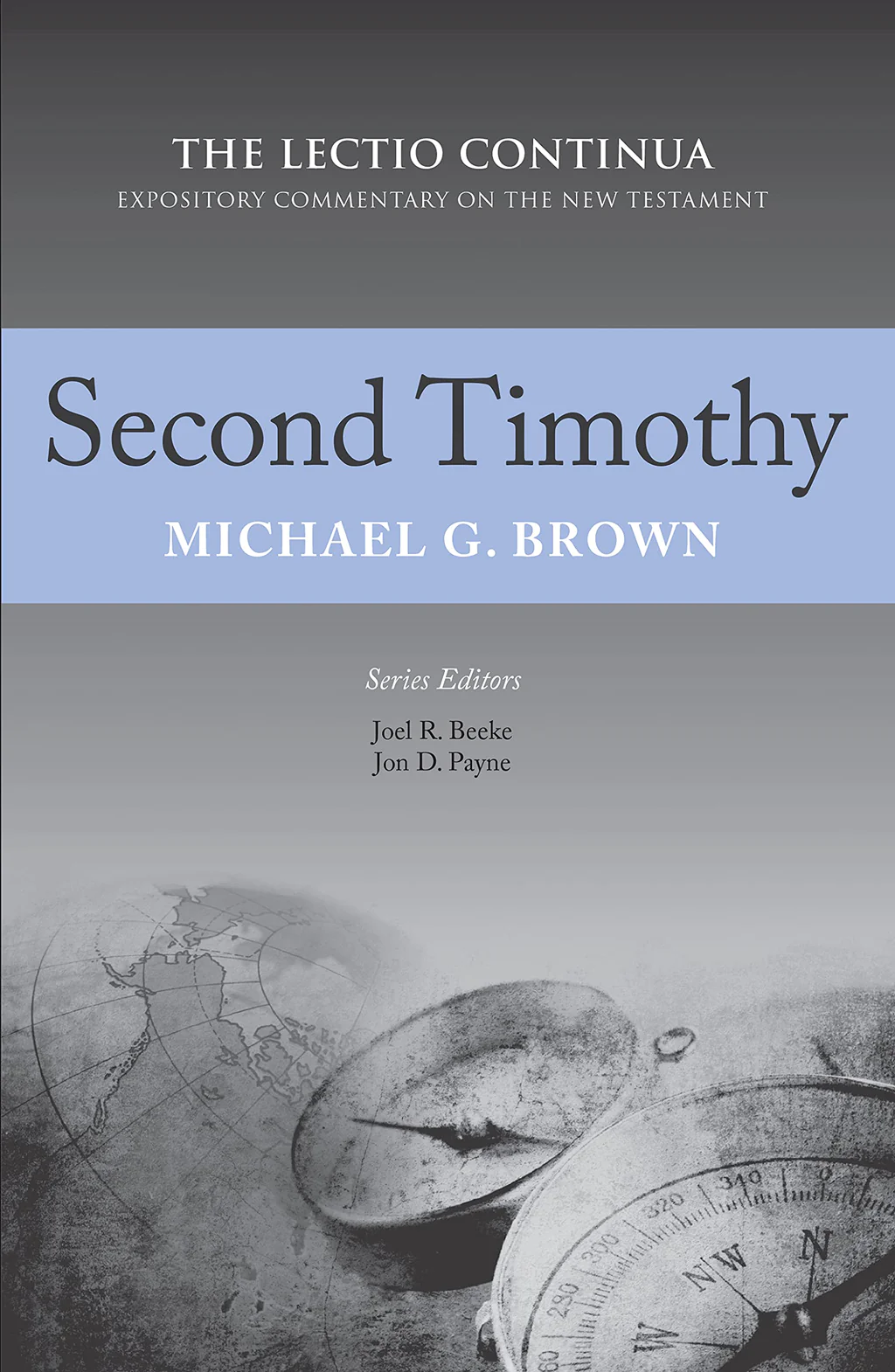
Michael G. Brown
Reviewed by: Ethan J. Bolyard
Second Timothy, by Michael G. Brown. Reformation Heritage, 2022. Hardcover, 215 pages, $22.50. Reviewed by OP pastor Ethan J. Bolyard.
When people ask me to recommend a commentary on a book of the Bible, I’m inclined to say, “It depends on what kind of commentary you’re looking for; it depends on what you want the commentary to do for you.” After all, Christians turn to commentaries for a host of reasons, including discussion of Greek grammar, answers to interpretive questions, and encouragement for private or family worship. There is no one-size-fits-all or one-stop shop. Rather, commentaries come in exegetical, expositional, and devotional varieties.
For those who want an accessible but substantive exposition of 2 Timothy, I recommend Michael Brown’s contribution to The Lectio Continua Expository Commentary on the New Testament. This series seeks to revive the tradition of lectio continua preaching—namely, “the uninterrupted, systematic, expository proclamation of God’s Word . . . verse by verse, chapter by chapter, book by book” (xvi).
In keeping with this laudable purpose, Brown describes his commentary as “an exposition of 2 Timothy that aims not only to be Christ-centered, redemptive-historical, and gospel-focused but also packed with pastoral and practical application” (xii). This might sound like a tall order, but the author delivers on his pledge.
As a former URCNA church planter and current missionary to Italy, Brown is well suited to comment on Paul’s final pastoral epistle. Based on a 2012 sermon series, the book divides the text into thirteen sections, each of which is a reworked message. For example, in his exposition of 2 Timothy 1:7, Brown develops a proposition (i.e., “The Holy Spirit has equipped us in a threefold way so that we can fulfill our callings and persevere in the faith, even in the face of fear”) with four main points (i.e., “a spirit not of fear,” “a spirit of power,” “a spirit of love,” and “a spirit of self-control”), bracketed by illustrations from Martin Luther’s stand at the Diet of Worms (29–40). In this manner, he expounds each section with the overarching view that the first three chapters of “instruction, admonition, and encouragement” function “as a long introduction” to the “main charge” in chapter four (10).
However helpful to Christians in general, this sermonic format could pose a liability for pastors, who may be tempted (even unconsciously) to borrow the author’s structure and language without appropriate acknowledgment. Likewise, as a preacher, Brown does not always delineate the various exegetical options or defend his interpretive decisions (e.g., his handling of 2 Tim. 2:13).
Nevertheless, if properly used, Brown’s commentary “can serve as a tool for a pastor while he preaches … through 2 Timothy, a resource for church leadership to read together, or devotional material for the individual Christian or prayer group” (xii). Although I would advise against turning to this book during the early stages of sermon prep, preachers may find it helpful to peruse after the message is already written, perhaps on a Saturday afternoon—not so much to glean specific exegetical insights, but to reinforce the tone and tenor of the text in their minds and (most importantly) to feed their own souls before offering the bread of life to others. At its best, this commentary breathes the pastoral urgency of the underlying epistle, which encourages pastors to “preach the word” and all Christians to fight the good fight, finish the race, and keep the faith from one generation to the next.
April 21, 2024
5 Puritan Women: Portraits of Faith and Love
April 14, 2024
How to Read and Understand the Psalms
April 07, 2024
March 31, 2024
My Grandmother Is Praying for Me
March 24, 2024
March 17, 2024
Safeguards: Shielding Our Homes and Equipping Our Kids
March 10, 2024
© 2024 The Orthodox Presbyterian Church